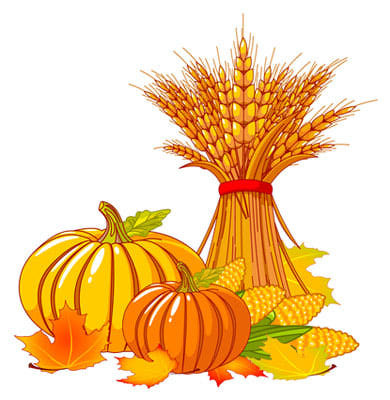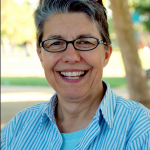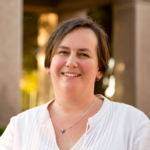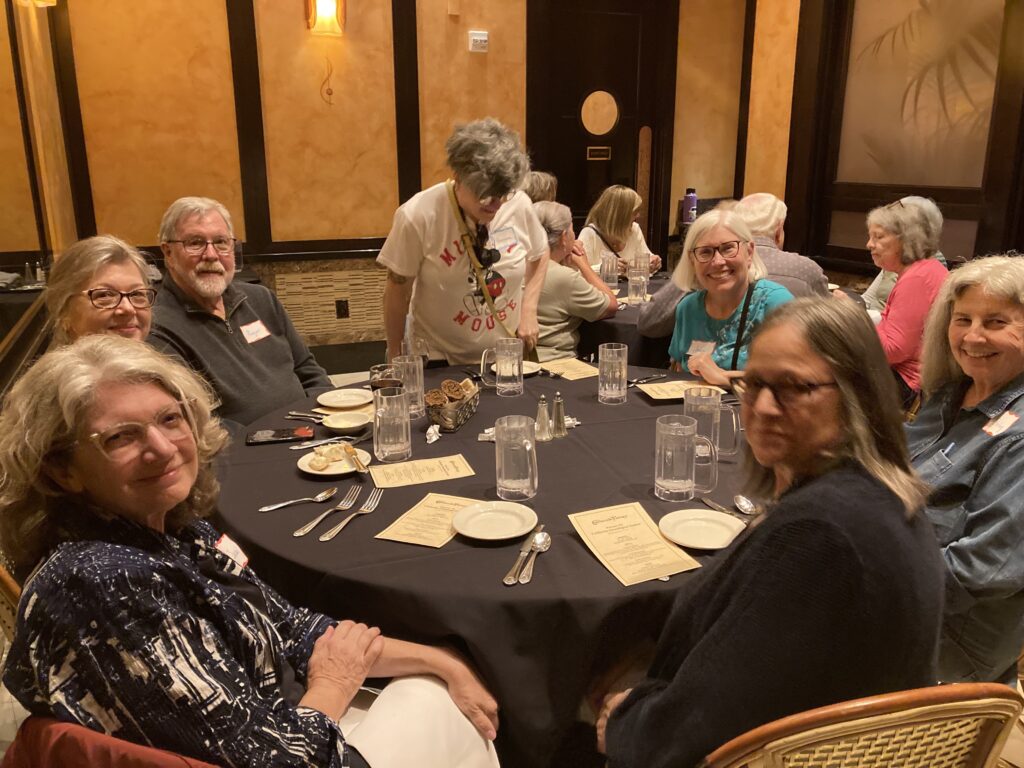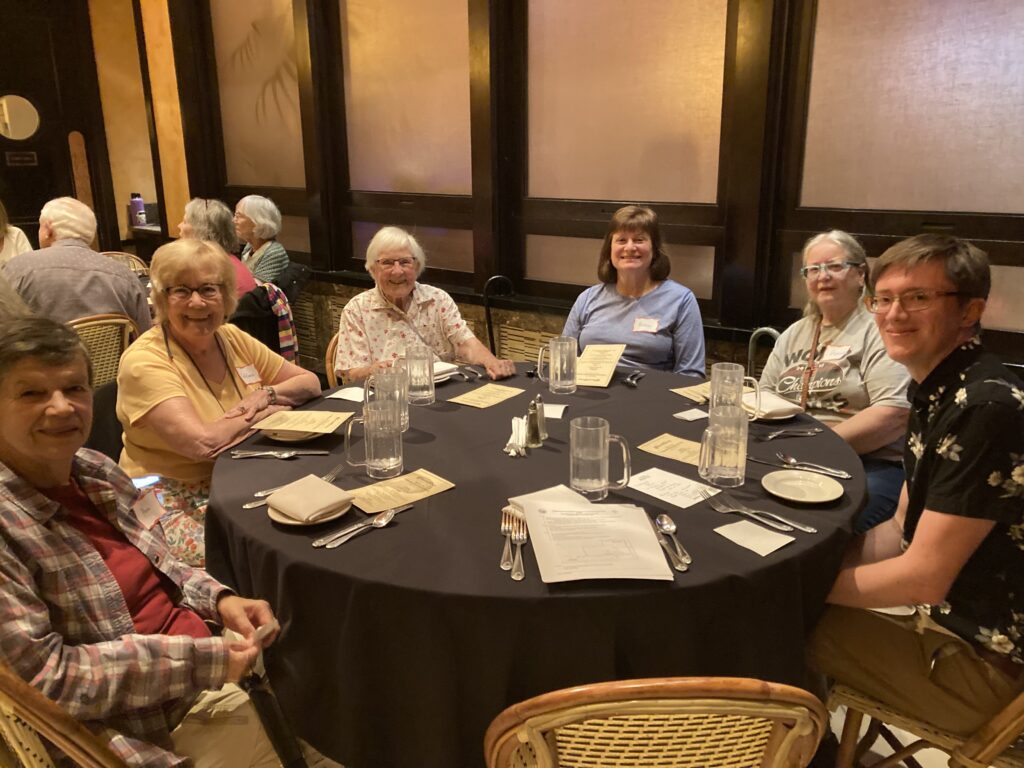Happy Thanksgiving!
It’s a quiet week at CGS – the library will be closed this week. We wish you all a happy holiday, whether it involves turkey or genealogy or maybe both! We’ll open again on Thursday, November 30; and our Tips and Talk series resumes on Tuesday, November 28 at the Oakland FamilySearch Center.
